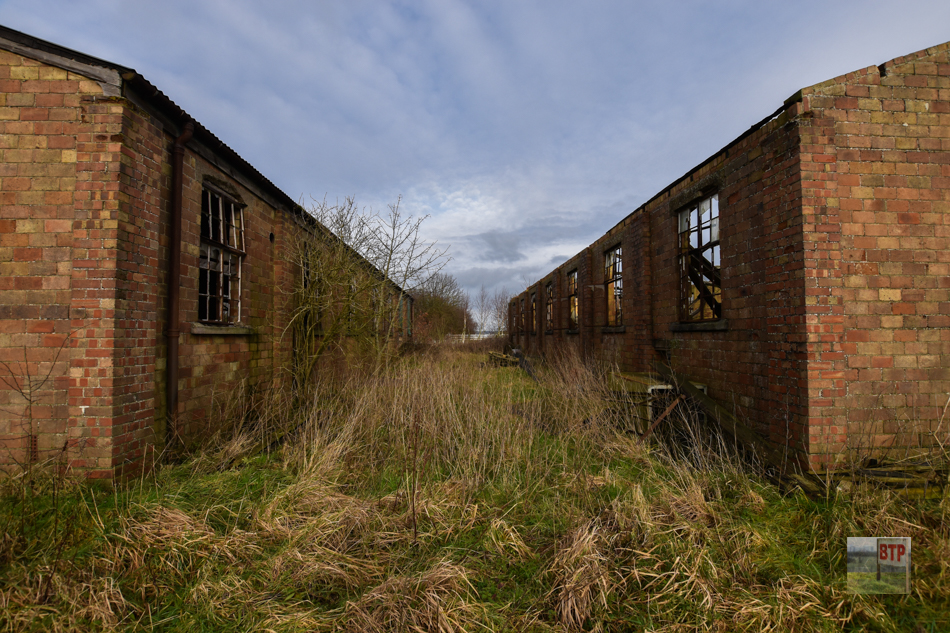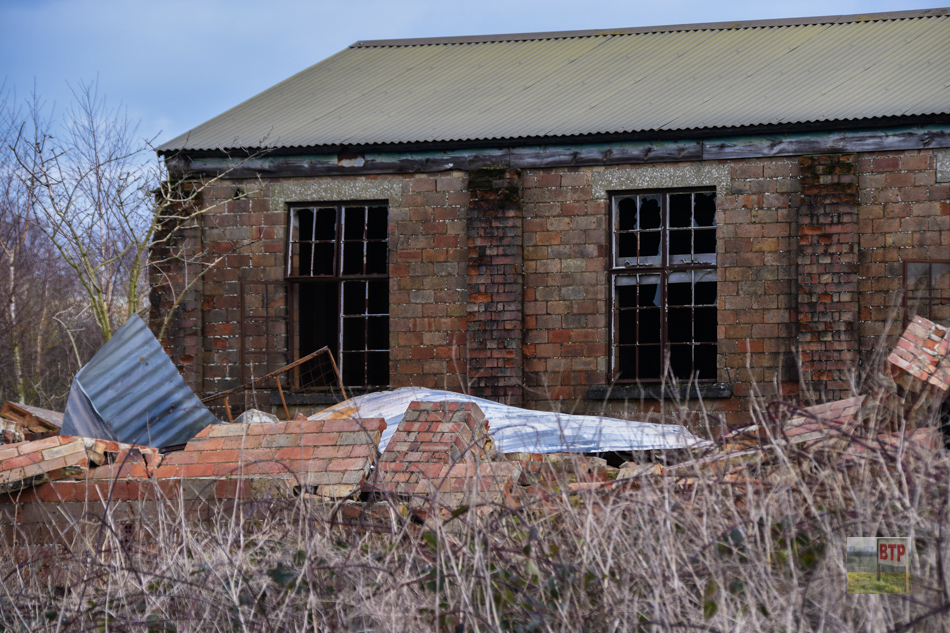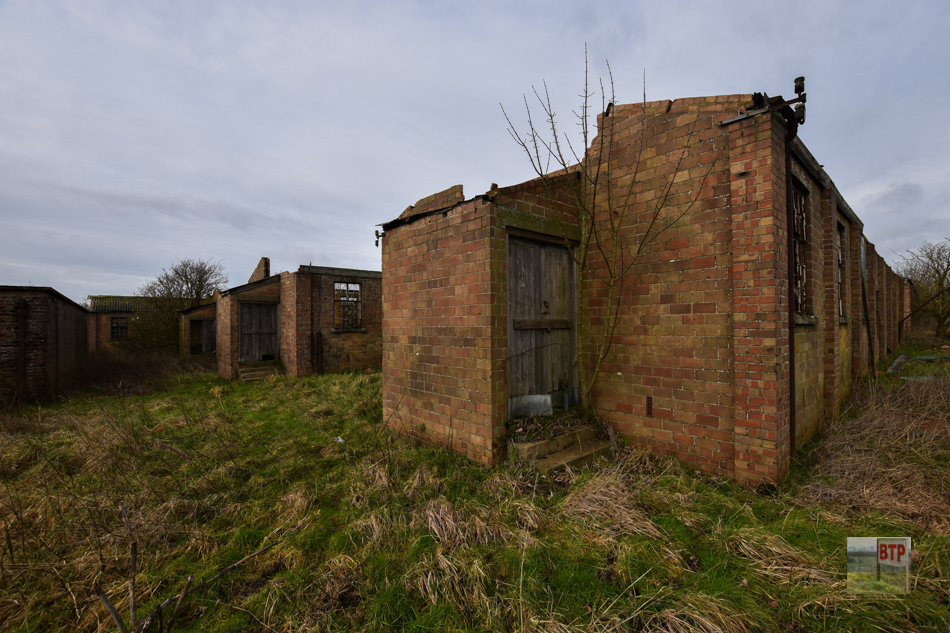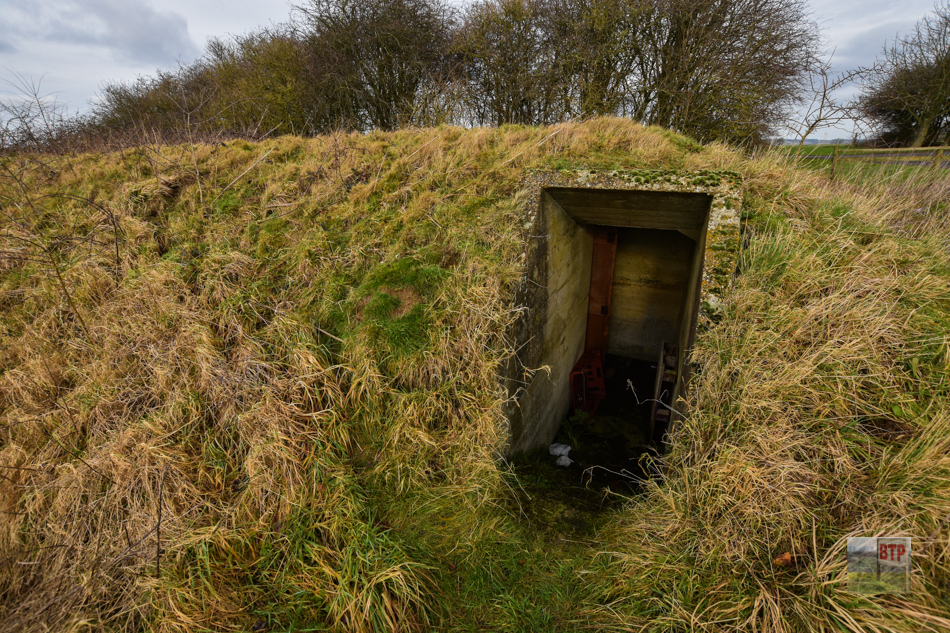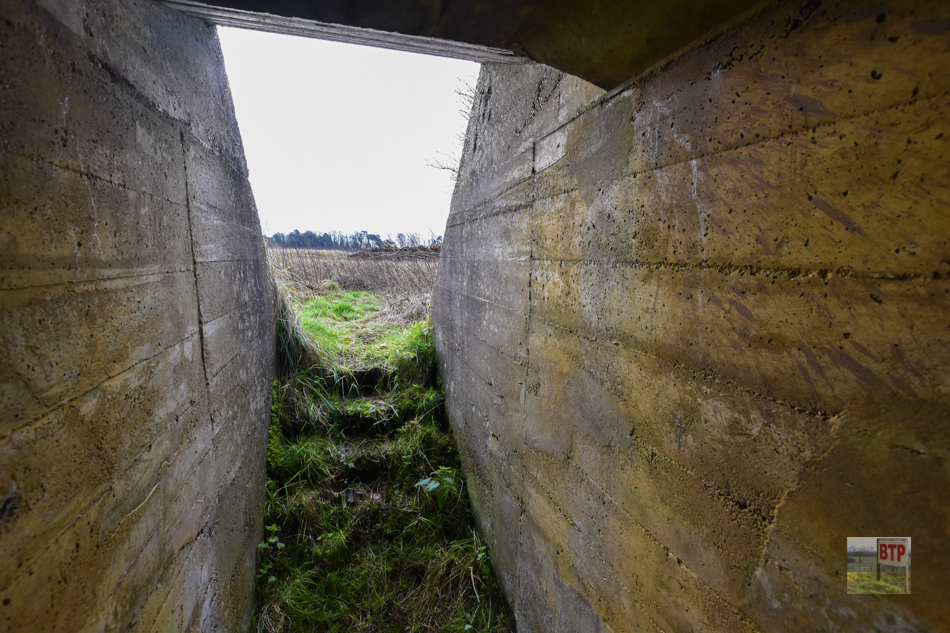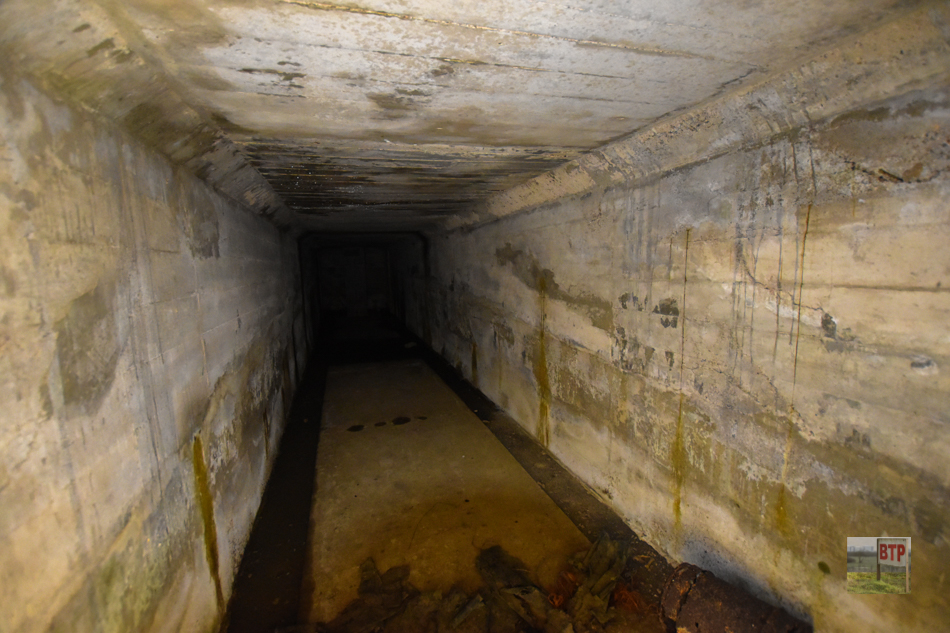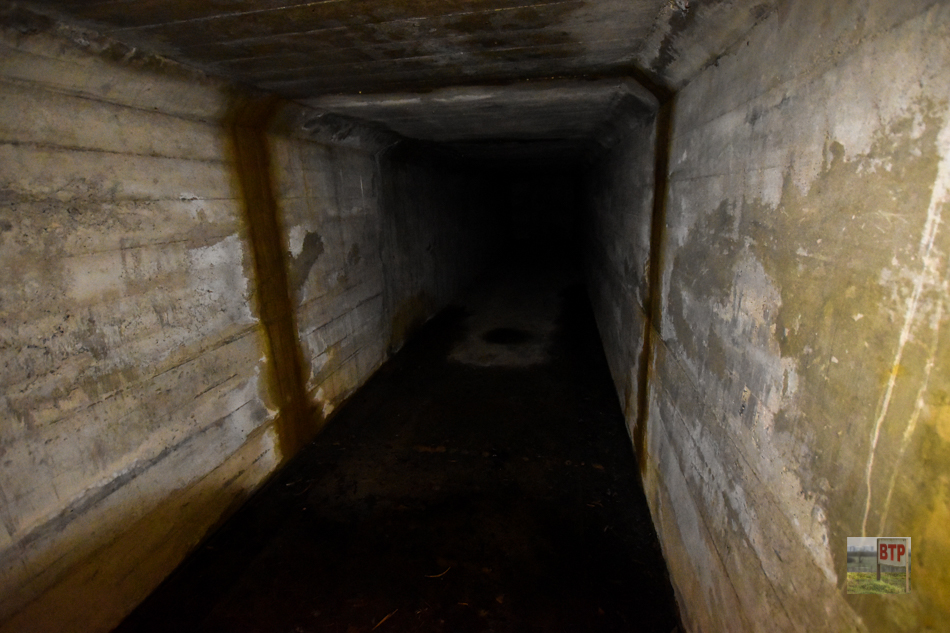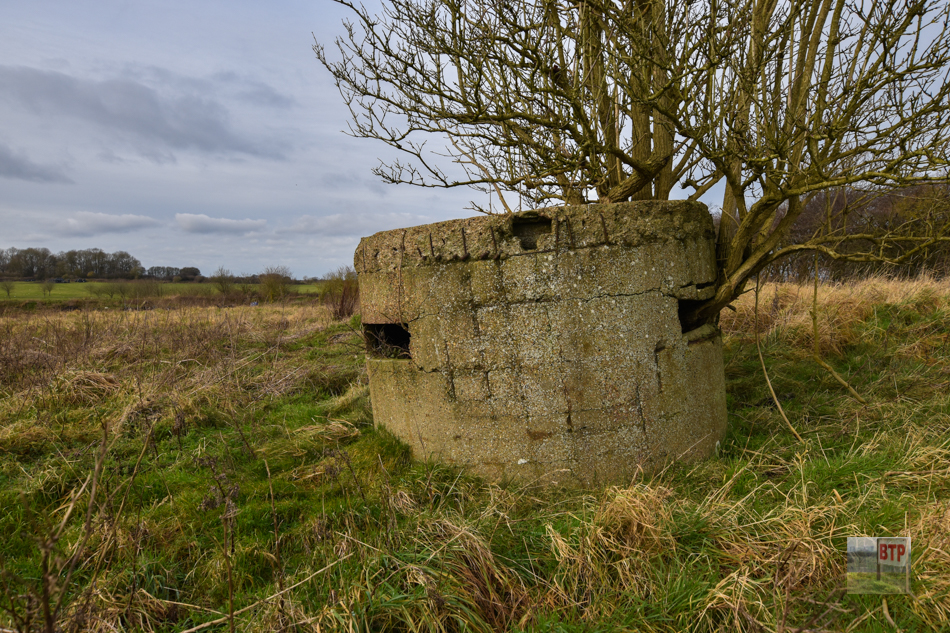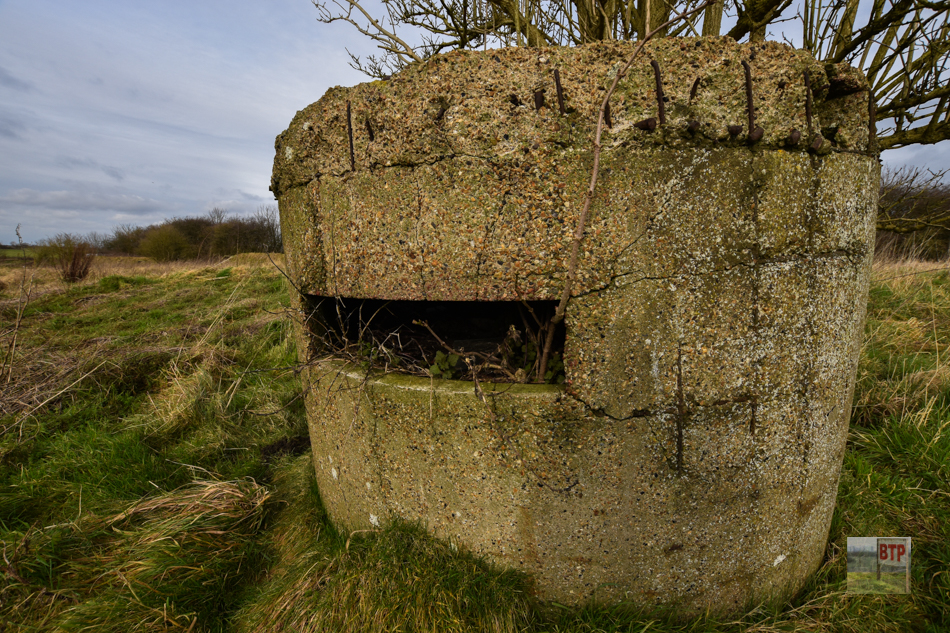First visited by BTP Liam in 2011, we returned to the site 7 years later so see what remains of the former RAF site. The most obvious thing about the site is the hangar like buildings – around 7 or 8 of these are still standing, but only just, with the windows and doors smashed and some without a roof. To the south there’s a slightly different building with no windows and a flat roof, which we believe to be a gas decontamination block. If you look around further, there’s at least 8 underground bunkers, accessed by narrow doorways. In the middle of the site lies a ‘pickett-hamilton fort’ – a pillbox like defence built in 1940-1. This differs to a pillbox as it could be raised and lowered to be disguised better and less obstructive to aircraft. You can see a demonstration of one moving here. Walking past the site today, you perhaps wouldn’t have a clue that a secret plan was hatched to kidnap Hitler at this very site…
About RAF Lympne
RAF Lympne was first opened in 1916, during the first World War, by the Royal Flying Corps and was used as an emergency acceptance point for aircraft arriving from, and departing to, France. Bessonneau Hangars (temporary ones made of wood and canvas) were constructed and nearby Lympne Castle was used as the Officers’ Mess. Later on, permanent hangars were built to help with building and repairing aircraft. In 1917, 19 bombs were dropped on the airfield in one night, a year before the site was designated as a First Class Landing Ground.
After the First World War, the site was used for civilian use and was known as Lympne Airport, which it continued to do until 1939 when it was requisitioned for use in the Second World War. In 1941, Lympne was to be the destination for the landing of an aircraft carrying Adolf Hitler in a risky kidnap plot. Information was given to the British military that the personal pilot of Hitler was planning to defect and the RAF made plans for the aircraft to land at Lympne on 25 March 1941 – however Hitler’s pilot never defected and remained with him for the duration of the war. From 1946 the site once again became a civil airport, until the site closed for good in 1984. Today, the remains of the buildings are in poor condition with the site mostly used as a dumping and storage ground. More information can be found at LympneAirfield.com.
Then and Now
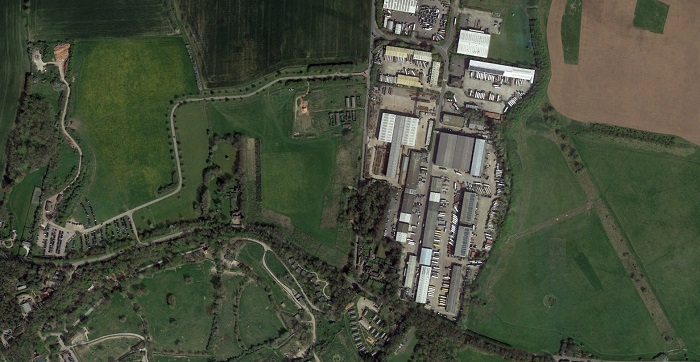
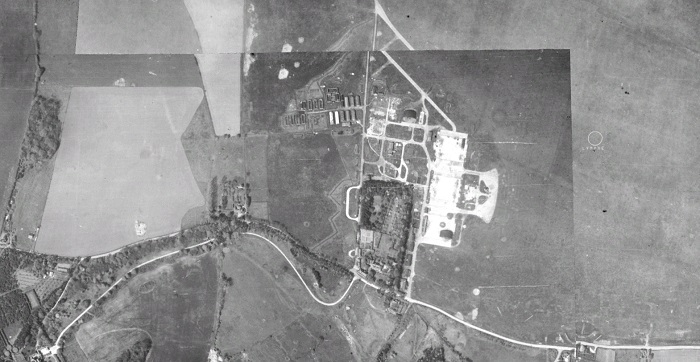
As you can see above, in 1940 the site was much bigger than the few buildings that survive today. The grass runway is more prominent in the 2017 photo, although is clearer in earlier aerial shots.
Sources: Wikipedia
This entry was posted in Location Report
